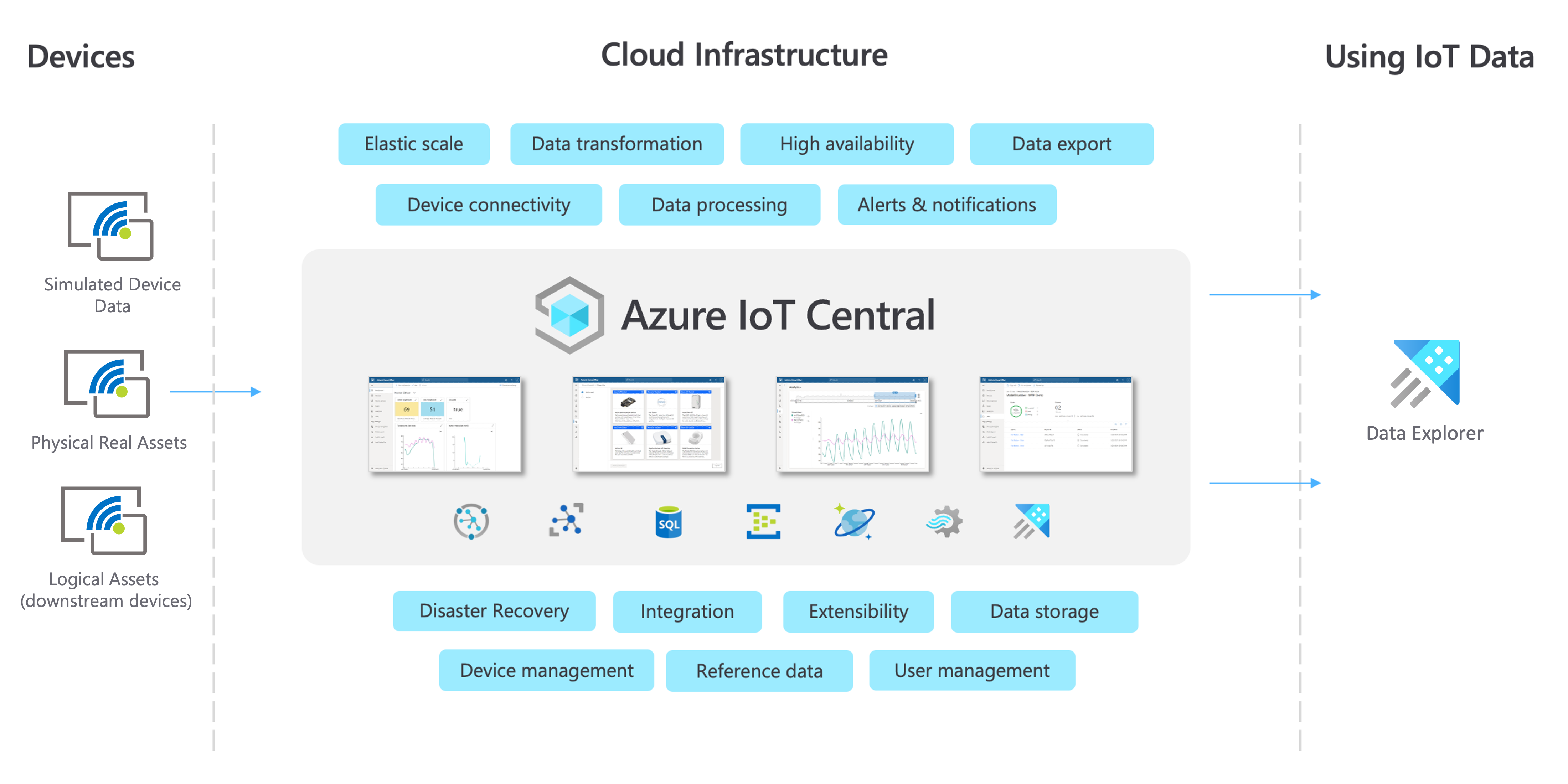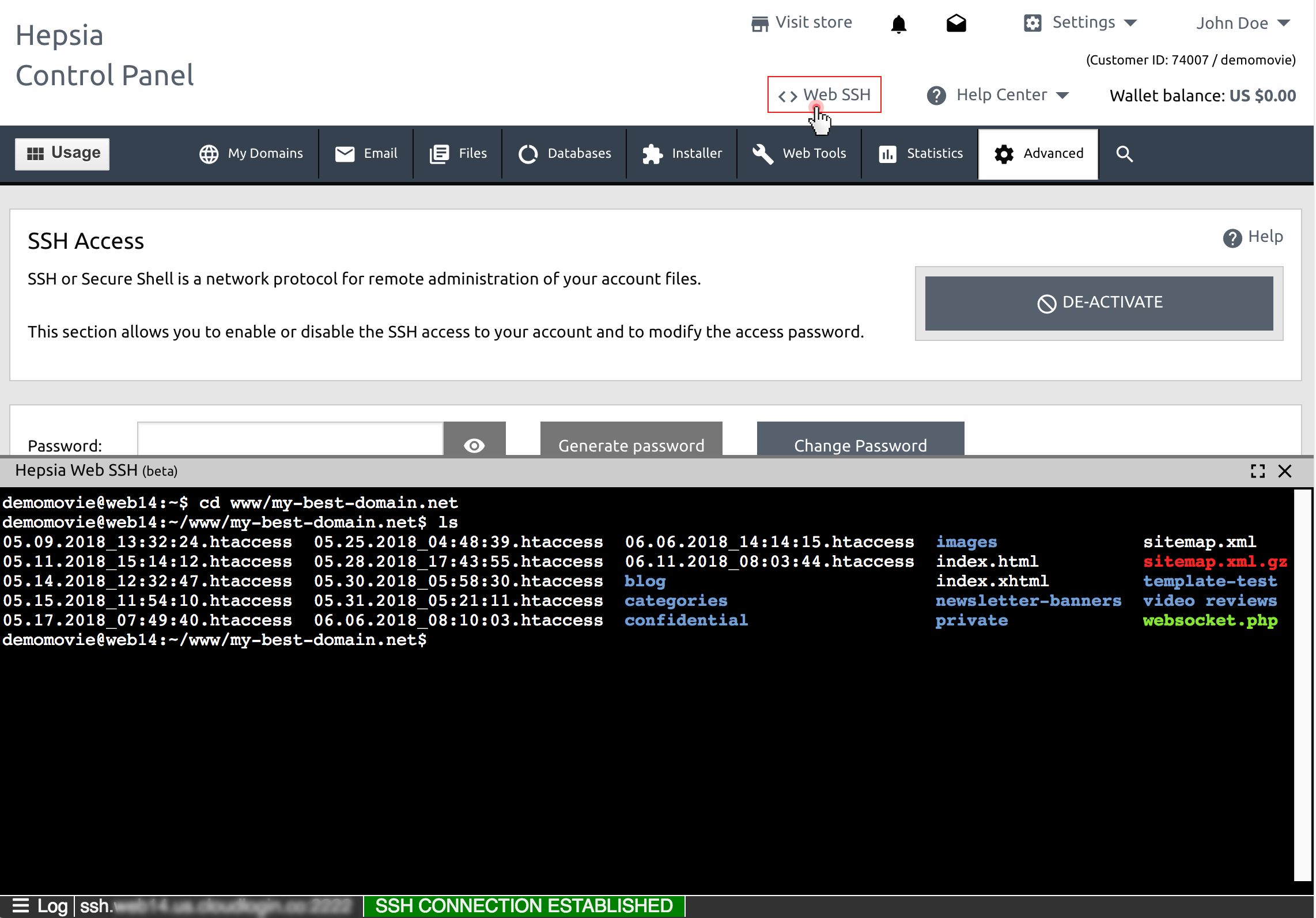Hey there, tech enthusiasts! Let’s dive into something truly exciting today. If you’re reading this, chances are you’ve been searching for a reliable remoteiot web ssh example android to help you streamline your IoT projects. Well, you’ve come to the right place! In this article, we’ll break down everything you need to know about setting up SSH connections on Android for remote IoT devices. This isn’t just another tutorial—it’s a comprehensive guide packed with actionable tips and real-world examples.
Picture this: You’re managing a network of IoT devices spread across different locations. Now, imagine being able to control and monitor them from the comfort of your phone. That’s where SSH comes in. With the right tools and knowledge, you can turn your Android device into a powerful remote management station. Stick around as we explore how to make this happen!
Before we dive deeper, let’s clarify one thing. This article isn’t just about theory. It’s about practical solutions that work in the real world. Whether you’re a seasoned developer or a curious beginner, you’ll find value here. So, buckle up and let’s get started!
- Exploring The World Of Vegamovies 18 Movie Your Ultimate Guide
- Hdhub4u Ltd The Ultimate Streaming Experience
What is SSH and Why Should You Care?
SSH, or Secure Shell, is like the superhero of remote access protocols. It allows you to securely connect to a remote device over an unsecured network, ensuring that your data remains encrypted and safe. For those working with remoteiot web ssh, this is a game-changer. Why? Because it gives you the power to manage your IoT devices without compromising security.
Here’s a quick rundown of why SSH is so important:
- It provides end-to-end encryption, keeping your data safe from prying eyes.
- It supports secure file transfers, making it perfect for managing IoT configurations.
- It’s compatible with a wide range of devices, including Android phones and tablets.
And let’s not forget the convenience factor. With SSH, you can manage your IoT devices from anywhere in the world, as long as you have an internet connection. Pretty cool, right?
- Subhashree Bathroom Video The Truth Behind The Viral Sensation
- Watch Ullu Web Series Online Your Ultimate Guide To Bingewatching
Why Android is Perfect for RemoteIoT SSH
Android isn’t just a phone operating system anymore. It’s a versatile platform that can handle complex tasks, including remote IoT management. When it comes to remoteiot web ssh example android, the possibilities are endless. Here’s why Android is such a great fit:
First off, Android devices are everywhere. They’re affordable, widely available, and packed with features. Plus, there are tons of apps and tools designed specifically for SSH connections. Whether you’re using Termux, JuiceSSH, or any other app, you’ll find that Android makes remote IoT management a breeze.
Another advantage of Android is its flexibility. You can customize your setup to suit your specific needs. Need to automate certain tasks? No problem. Want to integrate with other apps? Done. Android gives you the freedom to create a remote management solution that works for you.
Key Features of Android SSH Apps
Not all SSH apps are created equal. Here are some key features to look for when choosing an app for your remoteiot web ssh example android project:
- Support for multiple connections
- Customizable keybindings
- Integration with cloud services
- File transfer capabilities
By selecting an app with these features, you’ll ensure that your remote IoT management experience is as smooth and efficient as possible.
Setting Up SSH on Your Android Device
Now that you understand the basics, let’s move on to the fun part: setting up SSH on your Android device. Don’t worry—it’s easier than you think. Follow these simple steps, and you’ll be up and running in no time.
Step 1: Choose the Right App
There are plenty of SSH apps available on the Google Play Store. Some of the most popular ones include:
- Termux
- JuiceSSH
- Serverauditor
Each app has its own strengths, so take some time to explore and see which one works best for you.
Step 2: Install and Configure
Once you’ve chosen your app, it’s time to install and configure it. Here’s a quick guide to get you started:
- Download and install the app from the Google Play Store.
- Open the app and create a new connection profile.
- Enter the IP address or hostname of your IoT device.
- Specify the port number (usually 22 for SSH).
- Set up authentication using a password or SSH key.
That’s it! You’re now ready to connect to your IoT device.
Connecting to Your IoT Device
With everything set up, it’s time to make the connection. This is where the magic happens. Here’s how you can connect to your IoT device using SSH on Android:
First, open your SSH app and select the connection profile you created earlier. Then, tap the connect button and wait for the connection to establish. Once connected, you’ll be dropped into a terminal session where you can start issuing commands.
Pro tip: If you’re working with multiple IoT devices, consider organizing your connections into groups. This will make it easier to manage them all from one place.
Troubleshooting Common Issues
As with any technology, things don’t always go smoothly. Here are some common issues you might encounter and how to fix them:
- Connection Refused: Make sure your IoT device is online and the SSH service is running.
- Authentication Failed: Double-check your credentials or SSH key.
- Slow Performance: Optimize your network settings or switch to a more stable connection.
By addressing these issues early on, you’ll ensure a seamless remote management experience.
Advanced SSH Techniques for RemoteIoT
Once you’ve mastered the basics, it’s time to level up your skills. Here are some advanced SSH techniques that can take your remoteiot web ssh example android project to the next level:
Tunneling and Port Forwarding
SSH tunneling allows you to securely access services running on your IoT device from your Android device. For example, you can use it to access a web server or database without exposing it to the public internet.
To set up an SSH tunnel, you’ll need to specify the local and remote ports in your connection settings. Once configured, you can access the service as if it were running locally on your device.
Automating Tasks with Scripts
Why waste time repeating the same tasks over and over? With SSH, you can automate repetitive tasks using scripts. Whether you’re updating firmware or running diagnostics, scripts can save you tons of time and effort.
To get started, create a script file on your IoT device and make it executable. Then, use SSH to run the script remotely from your Android device. Simple, right?
Real-World Examples of RemoteIoT SSH
Talking about SSH is one thing, but seeing it in action is another. Here are some real-world examples of how people are using remoteiot web ssh example android to manage their IoT devices:
Example 1: Smart Home Automation
Imagine being able to control your smart home devices from anywhere in the world. With SSH, you can do exactly that. By setting up SSH on your home automation server, you can remotely adjust settings, check status, and even troubleshoot issues.
Example 2: Industrial IoT Monitoring
In the industrial sector, SSH is used to monitor and manage IoT devices in remote locations. Whether it’s a weather station in the middle of nowhere or a factory floor filled with sensors, SSH provides a secure and reliable way to access these devices.
Example 3: Educational Projects
Many students and educators use SSH to teach IoT concepts. By connecting to a remote IoT device, students can learn about networking, security, and automation in a hands-on way.
Best Practices for Secure SSH Connections
Security should always be a top priority when working with SSH. Here are some best practices to keep your connections safe:
- Use strong passwords or SSH keys for authentication.
- Disable password authentication if possible.
- Limit access to trusted IP addresses.
- Regularly update your SSH software to patch vulnerabilities.
By following these guidelines, you’ll ensure that your SSH connections remain secure and reliable.
Future Trends in RemoteIoT SSH
The world of IoT is evolving rapidly, and SSH is right there with it. Here are some trends to watch out for in the coming years:
First, we’ll likely see more integration between SSH and cloud services. This will make it easier to manage large fleets of IoT devices from a centralized location.
Second, advancements in AI and machine learning will enable more intelligent automation. Imagine SSH scripts that can adapt to changing conditions and optimize device performance automatically.
Finally, as 5G networks become more widespread, we’ll see faster and more reliable SSH connections, even in remote areas.
Conclusion
And there you have it—a comprehensive guide to remoteiot web ssh example android. Whether you’re a seasoned pro or just starting out, this article should give you the knowledge and tools you need to succeed.
Remember, the key to mastering SSH is practice. Don’t be afraid to experiment and try new things. And if you run into any issues, don’t hesitate to reach out to the community for help.
Before you go, I’d love to hear your thoughts. What’s your favorite SSH app for Android? Have you encountered any unique challenges while working with IoT devices? Share your experiences in the comments below, and don’t forget to check out our other articles for more tech tips and tricks!
References:
- https://www.ssh.com/
- https://developer.android.com/
- https://iot.stackexchange.com/
Table of Contents:
- Hdhub4u Web Your Ultimate Destination For Entertainment
- Sidney Crosby Kids A Closer Look At The Hockey Legends Family Life


